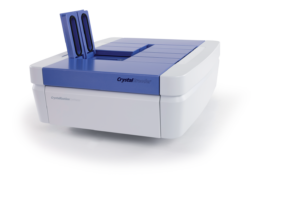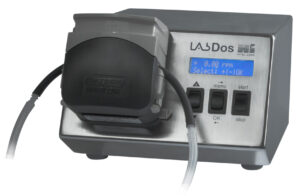Description
In vivo imaging is the non-invasive visualization of living organisms for research or diagnostic purposes. In general, this method can be divided into two key areas: Anatomical/morphological imaging and molecular imaging. In molecular imaging, cellular functions or molecular processes are visualized, usually using biomarkers. In anatomical…
In vivo imaging is the non-invasive visualization of living organisms for research or diagnostic purposes. In general, this method can…
Suppliers
The following suppliers offer In Vivo Imaging Systems products.
-
Avantor – VWR International GmbH
-
Vitaris AG
-
Witec AG










